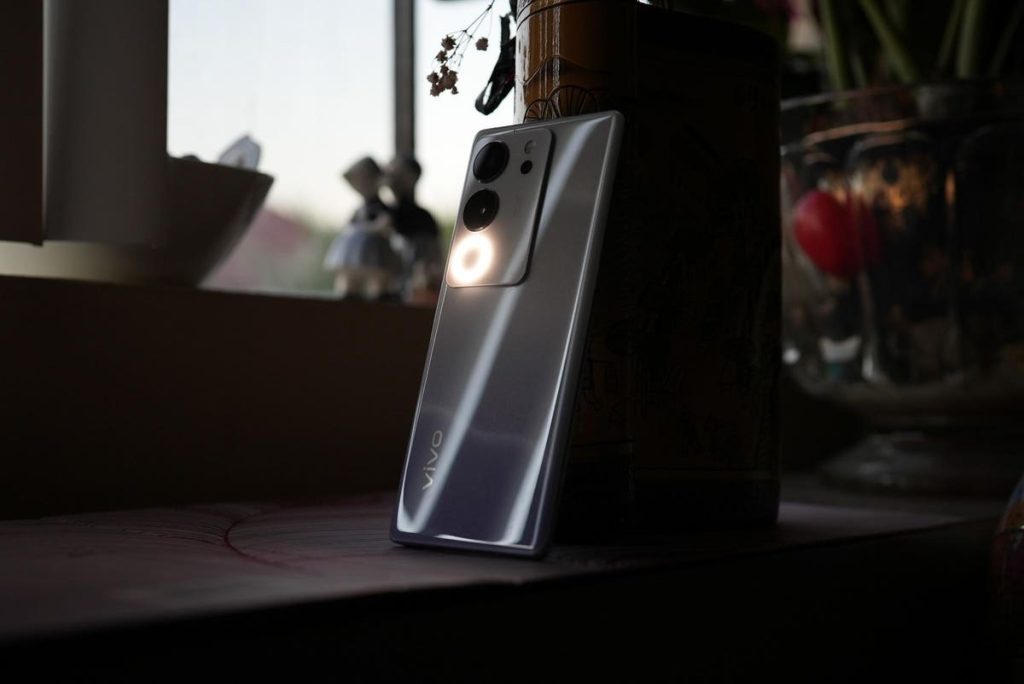Vivo’s extremely prolific V series is back—we’re at number 29 now—and once again it is a surprisingly capable mid-range phone with a unique trick up its sleeve that no other phone, even flagship models costing three times the price, can do.
The Vivo V29’s main selling point is its “aura light,” essentially a larger than usual flash light located in the main camera module alongside a very capable 50-megapixel main camera with a relatively large 1/1.56-inch image sensor. The larger than usual size of the flashlight allows it to illuminate a wider area, acting as a miniature fill light of a sort.
And it actually works. Paired with Vivo’s mature image processing software, the V29 can produce very good looking portraits even in dim lighting conditions.
I particularly like Vivo’s “vintage” camera filter, which recreates the vibe of classic film cameras. It may be pretentious to some, but I really like its look and vibe. These photos are much better than I’d expect from a phone priced at about $450.
Elsewhere, the phone is powered by the Qualcomm Snapdragon 778 paired with 8 or 12GB of LPDDR5X RAM. There’s an OLED display measuring 6.7-inches with refresh rate up to 120Hz. Honestly, the processor and screen are fine, but nothing that stands out from the crowd. For this phone, it’s all about that portrait performance.
You can see more photo and video samples below. For the most part, I think the V29 does enough to justify its existence, but my feelings about Vivo’s V series remains unchanged: I think Vivo is pumping out these phones at too fast a pace.
For reference, I first covered this phone line when it was at just V5 back in 2016. In seven years, the V line jumped from V5 to V29. Is there such great demand for mid-range phones in the Southeast Asia region for Vivo to pump out a new phone every 5-6 months? Vivo’s mid-range strategy confuses me.
But at least the company isn’t pumping out bad products. The Vivo V29 is a very capable mid-ranger. And Vivo’s flagship phones? I think they’re among the very best mobile devices in the industry.
Read the full article here









